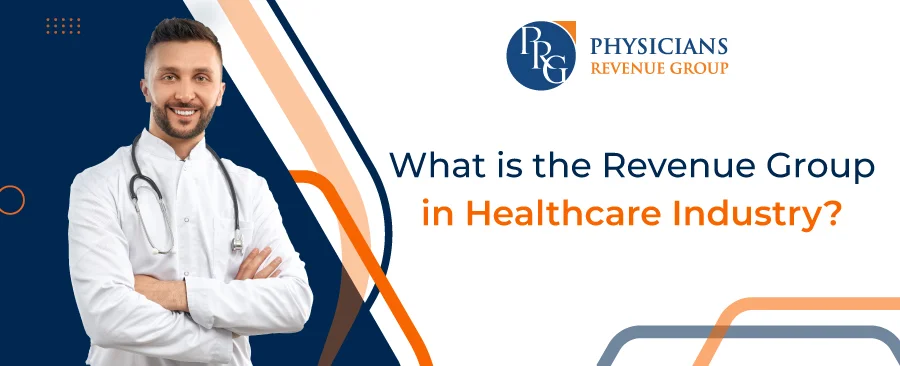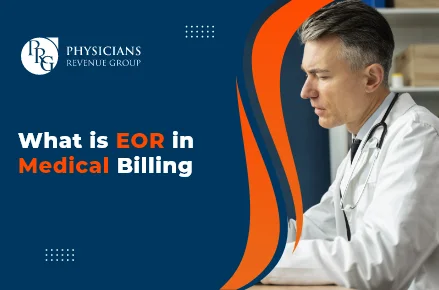
Email: info@prgmd.com | Call: +1 (630) 242-6474
Business hours: 9:00 to 5:00 | Monday to Friday
Email: info@prgmd.com | Call: +1 (630) 242-6474
Business hours: 9:00 to 5:00 | Monday to Friday

Table of Contents
ToggleThe revenue cycle management market for healthcare stood at over USD 140 Billion in 2022. Compelled mainly by the increasing healthcare spending, the industry will grow 12.5% between 2023 and 2032. Furthermore, when it comes to healthcare expenditure and medical billing services, over 87% of patients are interested in making online payments – and this is where the importance of a revenue group in the healthcare industry increases. So, what is the revenue group – and how is it essential for improving the overall operations of the healthcare industry?
A revenue group in healthcare is an entity specializing in managing the financial aspects of the services, including tackling all procedures related to insurance in medical billing. A medical billing company assists healthcare providers in billing their patients and insurance providers for the services offered – and then collects payment for the services.
Furthermore, medical billing companies play a vital role in the healthcare industry by facilitating medical providers’ focus on patient care while outsourcing billing operations to a third-party revenue group.
Now, after understanding what is the revenue group in healthcare, let’s move on to the following:
The core steps of RCM operations in a revenue group are divided into multiple stages. Mostly, RCM professionals break it into 13 steps, and these include the following:
The third step revolves around a patient’s:
-All of these are vital to the administrative process of a revenue group.
Charge capture is recording the healthcare services provider to a patient – which is also billable. These include:
What is the revenue group and its role in efficient billing – It comes down to correct medical billing, which is only possible through proper medical coding. Medical coding is translating services offered to a patient into standardized medical codes. It is done through systems like ICD (International Classification of Diseases) and CPT (Current Procedural Terminology).
Lastly, any remaining payments or balances go for collection from the patients after insurance reimbursement. These payments can or would include:
All of these steps are a repetitive process for every patient visit. Efficient and proper management of this process or cycle ensures a medical facility’s revenue and financial health, further maintaining patient care quality.
Next up on what is the revenue group – let’s go through some of the:
While it seems little, consistently training the revenue groups’ staff (billing, coding, and A/R professionals) is a lot harder and a rather expensive job. The healthcare billing and coding guidelines and the insurance companies’ guidelines constantly evolve; thus, the staff requires constant training. These trainings are essential, yet time-consuming and expensive. Having said that, staff training is necessary for any healthcare revenue group in the USA.
Next on, what is the revenue group, and where are they heading is:
Nothing has accelerated growth in telehealth than COVID-19 and its effects on the healthcare industry. The pandemic led to newer billing codes and new insurer adjustments, and most of the billing software adapted to the new reality to incorporate all changes that telehealth brought in for the revenue cycle management of healthcare practices.
Automation in healthcare billing is:
Integrations of EHRs (Electronic Health Records):
Another feisty trend in the healthcare industry is shifting to cloud-based software as a SaaS (service). What this is doing is:
Advancements in healthcare AI are streamlining tasks, including medical coding, data extraction, prevention of errors, data analysis, and more. All of these are boosting the efficiency of healthcare revenue groups in real time.
-All three are vital parts of a healthcare revenue cycle, and they play an essential role in a medical practice’s financial health.
Share:
Categories
Recently Added

What is an ABN in medical billing?

What does a Clearinghouse do During Claims Submission?

What is EOR in Medical Billing?
We Would Love to Assist You!
We treat your data confidentially and don’t share any information with a third party.